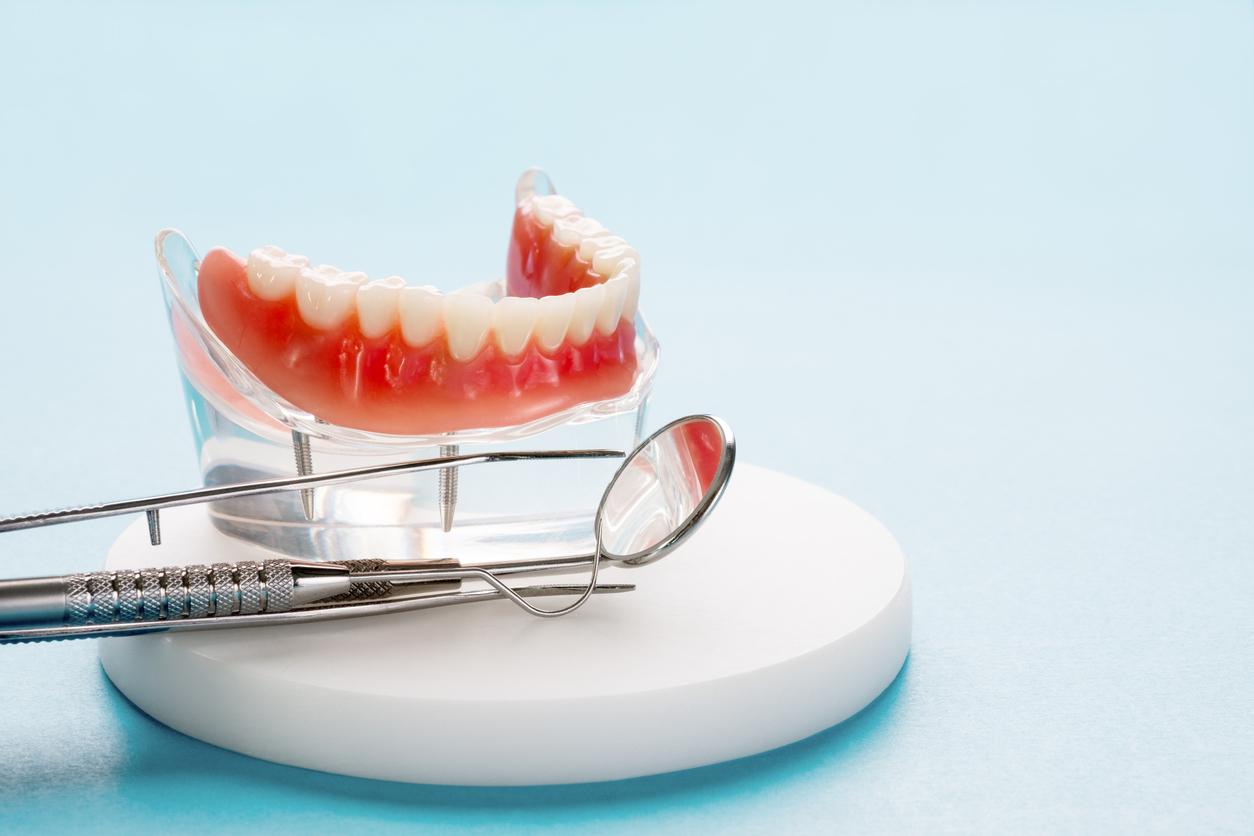Genetic mutations that allow us to fend off deadly infections would have made us more vulnerable to inflammatory and autoimmune diseases such as Crohn’s.

Until a few years ago, the general public had never heard of Crohn’s disease. But lately, especially in European countries, more and more people are complaining about this autoimmune disease that causes chronic inflammation of the intestine. There is also an increase in the number of cases of ulcerative colitis, another inflammatory disease bowel chronicle. So far, science hadn’t really been able to figure out why. Today, a study sheds new light on these inflammatory diseases. According to a paper, published on November 27 in the journal Trends in Immunologythe genetic mutations allowing us to repel deadly infections would have in return made us more vulnerable to inflammatory and autoimmune diseases.
Dutch researchers Dominguez-Andres and Mihai Netea compiled data from genetic, immunological, microbiological and virological studies and determined how the DNA of people belonging to different communities infected with bacterial or viral diseases had changed to allow inflammation.
Since the latter is one of the body’s best defenses against infectious disease, these changes have made it difficult for these communities to infect certain pathogens. Over time, however, they have given rise to new autoimmune and inflammatory diseases such as Crohn’s but also lupus.
“We suffer or benefit from the defenses built into our DNA by the immune system of our ancestors”
“In the past, people’s lifespans were much shorter, so some of these inflammatory and autoimmune diseases that can appear in the second half of life weren’t so relevant, says Jorge Dominguez-Andres . Now that we live much longer, we can see the consequences of the infections that happened to our ancestors.”
“There seems to be a balance. Humans evolve to build defenses against disease, but we are not able to prevent disease from occurring, so the benefit we get on the one hand also makes us more susceptible to new diseases, on the other hand. somewhere else, he continues. Today, we suffer or benefit from the defenses built into our DNA by our ancestors’ immune systems that fight infection or adapt to new ways of life.”
For example, people with remnants of Neanderthal DNA tend to be more resistant to HIV-1 and staph infections. On the other hand, they are more likely to develop allergies, asthma and hay fever.
Hygiene improvements have led to a reduction in infections
The adverse effects of changes in the immune system of each population are relatively recent. “We know a number of things about what is happening at the genetic level in our ancestors, but we need more powerful technology. So, next-generation sequencing is developing and allowing us to study the interplay between DNA and host responses at much deeper levels,” says Dominguez-Andres.
This technology also makes it possible to show how our immune system evolves in real time due to changes in current lifestyle. African tribes who still practice hunting, for example, have greater bacterial intestinal diversity than African Americans who live in cities and eat products purchased in supermarkets.
Moreover, many improvements in drinking water or garbage collection have taken place over the past two centuries, leading to a reduction in exposure to infectious pathogens. As humans prioritize processed foods and stricter hygiene standards, their bodies adapt by developing the “diseases of civilization”, such as type 2 diabetes.
Lifestyles can influence immune responses
Today, researchers plan to extend their research to non-Eurasian or African communities. “So far, all the studies we have conducted have focused on populations of European and African descent, but they also need to be extended to indigenous and other populations in order to improve the representation of human genetic diversity,” explains Dominguez-Andrés. And to conclude: “Lifestyles and ecological nature can really differ and influence immune responses. So there is still work to be done.”
Generally, inflammatory bowel disease (IBD), Crohn’s disease and ulcerative colitis (UCH) are diagnosed in young people, between 20 and 30 years old. In France, UC would affect around 80,000 people. This disease can affect the rectum and the colon (large intestine) and progress in the form of attacks (alternation of phases of activity and remission). In addition to painful intestinal symptoms, patients may suffer from rheumatoid arthritis, skin lesions or inflammation of the internal structures of the eye.
At present, this disease is more easily identified than Crohn’s, which takes a long time to diagnose due to the lack of specific symptoms. Very disabling, Crohn’s disease, which would officially affect 120,000 people in France today, is characterized by diarrhea that is sometimes abundant and liquid, with possible loss of blood and mucus or pus in the stool. This is often accompanied by terrible abdominal pain. When the anus is affected, fissures, abscesses and fistulas can occur. Patients also sometimes suffer from fever, weight loss and great fatigue.

.















